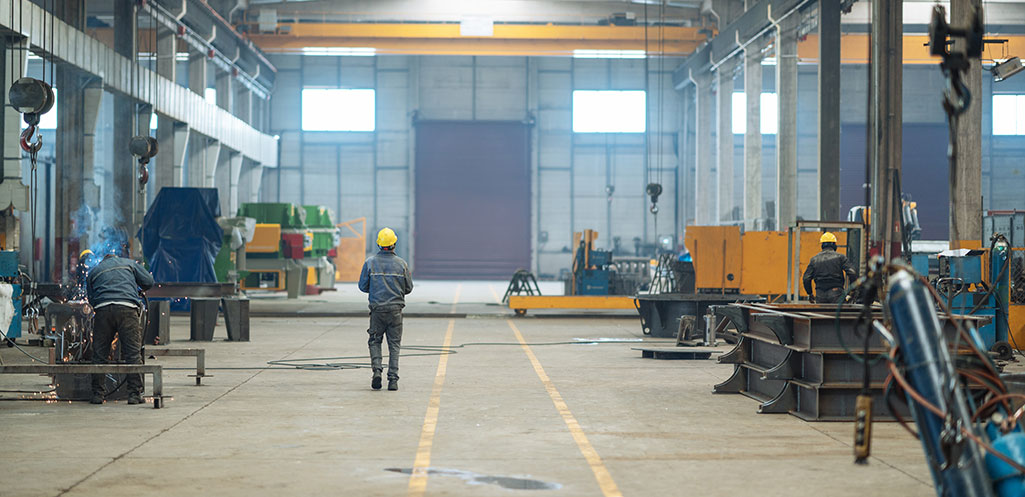
SPONSORED
Why Safety Professionals Need to Become Technologists
- By Jack Skidmore
- Nov 30, 2020
Investing in machine learning, the internet of things (IoT), and artificial intelligence (AI) to improve operational excellence, provide better customer experience, and ultimately grow a company’s bottom line isn’t a new idea. But applying these technologies to safeguarding the most important asset a company has – its people – is well overdue. Technology can transform the way a company mitigates risk, develops EHS strategies, and increases worker productivity and overall satisfaction while keeping employees safe and healthy. With nearly 40 years of experience in this industry, I believe we’re beginning a new era in safety, allowing companies to reach the ultimate goal of zero accidents.
If you’re a safety professional ready to improve your current safety program, I’ve got news for you. It’s time to become a technologist.
Investing in An Exciting, Safer Future
The evolution of technology in safety can be thought of in two phases: B.T. (before tech) and A.T. (after tech). In B.T., safety programs had to rely entirely on humans to keep employees safe. Many operated with a “the more, the merrier” mentality, needing as many boots on the ground as possible to act as points of contact, monitor potential hazards, and pass information down the pipeline to communicate issues and mitigate risks. Gathering data required manually going out into the field and using a pencil and paper to track data. Communication was very unidirectional.
Fast forward to A. T. and you’ll see technology in safety today can transform not only the way we work but also the way we think. New technologies have opened bi-directional communication for safety professionals, giving employees opportunities to engage and respond, not just absorb. AI-feeding technologies like computer vision (CV), real-time location services, and sensor fusion allow for data gathering without the need for a full safety team on the floor 24/7. Safety professionals no longer rely on a pencil and spreadsheet. Instead, they use a portal fed by multi-input devices that gather and analyze data, and the best solutions provide an intelligent decision within a second. Those same portals offer a new mechanism for streamlining training and employee coaching. No old safety videos and VCR are required! Most importantly, safety professionals can use the latest AI-powered safety technologies to proactively prevent near-misses and accidents, actively moving their companies toward the goal of zero accidents.
These new technologies didn’t emerge overnight, and adoption won’t be immediate either. Like many new technology deployments, technology in safety is sometimes met with reluctance.
“We’ve used the same process for years, and it works” is a favorite refrain from safety professionals more comfortable in the before technology (B.T.) world. If that process includes using spreadsheets in Excel to manage data and base decisions on, it could lead to fatal consequences. Research shows that up to 90% of all spreadsheets have errors that affect their results. By investing in technology, you’ll be decreasing the chance of computing errors, and thus workplace accidents.
If cost is a limiting factor to your transformation into a technologist, remember that technology is an investment in the company’s risk avoidance and not an expense. Beyond the human costs that can’t be calculated, workplace injuries and deaths are costly to both employers and fellow employees. The Centers for Disease Control (CDC) estimates a fatal injury carries an average cost of about $991K. The lost wages due to a workplace injury can put an immense strain on employees and their families. But this is preventable. According to The National Safety Council, just $1 invested in injury prevention returns between $2 and $6.
Tips for Safety Professional Technologists
1) It’s more than just inputting data
A safety system for inputting and reporting data is pretty standard these days. But what if you could find a system that is more than just a tool for data, but a tool that proactively makes your employees safer? Instead of reporting on data after an incident, new technology, like Everguard’s Sentri360™, is able to prevent accidents before they happen. When their actions put them in a potentially dangerous situation, workers receive alerts instantaneously so they can modify their activities to prevent injury or avoid an accident. At the same time, managers have access to alerts and data to provide behavior management and training. The future of safety depends on shifting our thinking about safety from reactive to proactive, and leveraging new technology can help us do just that.
2) Don’t forget mobile
Unfortunately, safety incidents don’t only occur when you’re conveniently seated at your desk in front of the computer. When you’re in the market for a new safety system, make sure “mobile interface” is one of the boxes it checks. A mobile application that lets you stay plugged in, even when out walking the floor, keeps you proactively engaged and helps keep workers safe.
3) Make integration easy
If you’re already using software to improve your safety program – kudos to you, technologist! When adding more into the mix, keep in mind that you’ll want to find systems that will allow for easy integration. Having the ability to share data between systems provides a better opportunity for your program to do more to keep employees safe. It also provides a better analysis for you to utilize when making important decisions about workplace safety.
The Bottom Line
Every safety program is working towards the same goal: zero-accidents. Safety professionals who are also technologists can transform EHS departments and help reach that goal by preventing injury, increasing productivity, uncovering where additional training is needed, and assisting managers in making smarter, more informed decisions. Safety tech allows you to use technology to do what safety professionals like us have always dreamed of: Prevent accidents, not just report on them. I’m excited to see what the future holds for safety technology. This new era of safety makes it a great time to be a safety professional and a technologist. Are you ready?